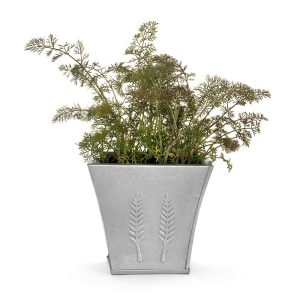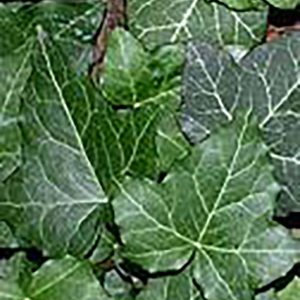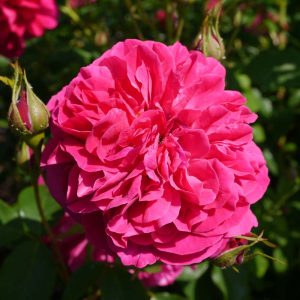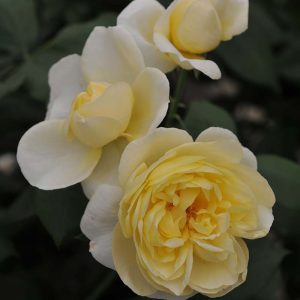Description
Centranthus ruber ‘Albus’, commonly known as white valerian, is a beautiful and hardy herbaceous perennial that is native to the Mediterranean region. This plant is prized for its attractive clusters of fragrant white flowers, and its low maintenance requirements. ‘Albus’ is a hardy plant that grows up to 90cm in height and thrives in full sun to partial shade and well-draining soil. The leaves of this plant are gray-green, lance-shaped, and can be slightly fragrant. As a low-maintenance and drought-tolerant plant, Centranthus ruber ‘Albus’ is an excellent choice for adding interest and colour to a garden. It can be planted in groups or mass plantings, and the flowers can be used for cut flowers and dried arrangements. Overall, Centranthus ruber ‘Albus’ is a beautiful and hardy addition to any UK garden. Its attractive clusters of fragrant white flowers, low maintenance requirements, and drought tolerance make it an excellent choice for gardeners of all levels of experience.
Key Facts
- Common Name(s):White valerian
- Hardiness:Fully hardy through most of the UK
- How big will I get? Centranthus ruber ‘Albus’ can grow to a height of 1m and a spread of 0.5m.
- Did You Know That:The plant’s common name, “Jupiter’s beard,” refers to the dense clusters of small, red flowers that resemble the beard of the Roman god Jupiter?
Plant Calendar
A rough guide to how this plant will change through the year.
| Jan | Feb | Mar | Apr | May | June | July | Aug | Sept | Oct | Nov | Dec | |
| Flowering Time | 
| 
| 
| |||||||||
| Foliage Colour |   |
  |
  |
  |
  |
  |
  |
  |
  |
  |
  |
  |
| J | F | M | A | M | J | J | A | S | O | N | D |

| 
| 
| |||||||||
  |
  |
  |
  |
  |
  |
  |
  |
  |
  |
  |
  |
Care Guide

Soil Requirements
Centranthus ruber ‘Albus’ prefers soil with good drainage and does not tolerate standing water. This plant is not tolerant of acidic soil, it requires either a neutral or alkaline soil to grow.

Best Position
Centranthus ruber ‘Albus’ prefers an exposed position and requires full sun to thrive, this consists of more than six hours of direct sunshine per day.

Maintenance
Centranthus ruber ‘Albus’ should be cut back after it finishes flowering will promote growth the following year by redirecting energy from seed production and foliage maintenance to root growth.

Pest, Diseases and Wildlife
Centranthus ruber ‘Albus’ is generally pest free, and it tends not to have problems with diseases. It is also known to attract bees, butterflies and other pollinators. It is not considered to be toxic.





